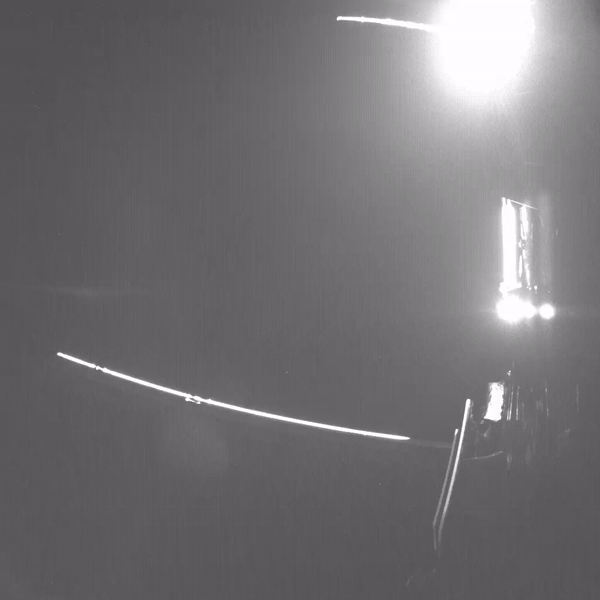Europe's JUICE Jupiter probe finishes deploying its instruments
The spacecraft is now in full flight configuration after six weeks in space.

Europe's JUICE spacecraft is now in its full flight configuration, six weeks after the flagship mission launched for Jupiter.
The Flight Control Team for the Jupiter Icy Moons Explorer, or JUICE, has completed the deployment of the spacecraft's solar panels, antennas, instruments and booms, the European Space Agency revealed on May 26.
JUICE's solar arrays and its 10 science payloads were tucked away safely for launch on April 14, but now the sensors and antennas that make up the final instrument to be deployed, the Radio and Plasma Wave Investigation (RPWI), have been locked into place.
Related: Relive the launch of Europe's JUICE mission to Jupiter in these stunning photos
"It's been an exhausting but very exciting six weeks," Angela Dietz, deputy spacecraft operations manager for the mission, said in a statement. "We have faced and overcome various challenges to get Juice into the right shape for getting the best science out of its trip to Jupiter."
JUICE earlier experienced trouble getting one of its key instruments, the Radar for Icy Moons Exploration (RIME), fully deployed. The 52-foot-long (16 meters) antenna remained jammed in its mounting bracket, but the issue was fixed two weeks later when the team fired a mechanical device within the bracket. This means that, once in the Jovian system, RIME can use radar to give a glimpse beneath the icy surfaces of its targeted Galilean moons as planned.
JUICE is on an eight-year journey to Jupiter via flybys of Earth and Venus. Once JUICE arrives at the Jovian system in 2031, it will begin a series of close flybys of Europa, Ganymede and Callisto, before arriving in orbit around Ganymede, the largest moon in the solar system, in 2034.
Breaking space news, the latest updates on rocket launches, skywatching events and more!
The $1.1 billion (870 million euros) JUICE mission aims to confirm the presence of liquid water oceans below the surface of these satellites and look for the conditions and ingredients needed for life.
In the following weeks, the flight team will finish turning on and testing the spacecraft's science payloads to check all is well for the deep-space cruise to Jupiter.
In August 2024, Juice will carry out the first ever lunar-Earth gravity assist. The maneuver involves a gravity assist flyby of the moon followed a day and a half later by a flyby of Earth, helping JUICE save a significant amount of propellant on its journey.

Andrew is a freelance space journalist with a focus on reporting on China's rapidly growing space sector. He began writing for Space.com in 2019 and writes for SpaceNews, IEEE Spectrum, National Geographic, Sky & Telescope, New Scientist and others. Andrew first caught the space bug when, as a youngster, he saw Voyager images of other worlds in our solar system for the first time. Away from space, Andrew enjoys trail running in the forests of Finland. You can follow him on Twitter @AJ_FI.

